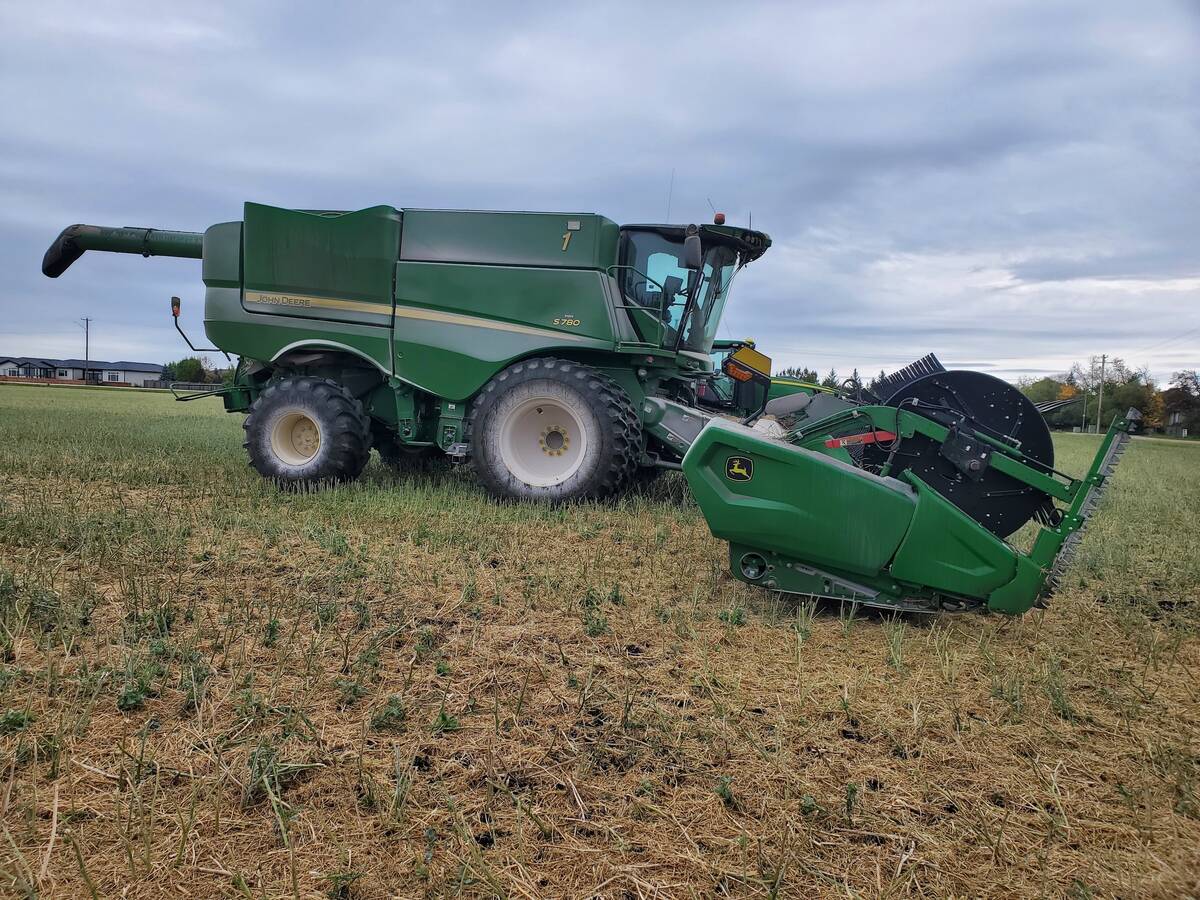Flax is back in the ring.
Keeping it there and fighting for farmers’ acres are the goals of a new round of government crop funding.
“This will develop better tools and best management practices that will allow producers to harvest a greater percentage of the potential yield in flax,” Flax Council of Canada president Don Kerr said at the announcement of $3 million in Growing Forward 2 money for flax funding.
Flax had a near-death experience with Triffid in 2009 after the European market was mostly lost due to genetically modified material being found at low levels in non-GM crops.
Read Also

Powdery mildew can be combine fire risk
Dust from powdery mildew can cause fires in combines.
Production plunged as acreage switched to other crops with less uncertainty. However, large new Chinese demand developed as Canadians and Europeans worked to re-open the European market, and hundreds of thousands of tonnes began flowing west.
That has led to flax returns being among the highest of Prairie crops, although the flax industry says keeping them high won’t be easy.
The crop has steadily been losing its competitive edge against other choices, so increasing yields is necessary to give the traditional prairie crop a future. Most other crops have seen big yield gains in recent years, but not flax.
That’s the focus of the new funding.
“There haven’t really been any yield improvements over the last 20 years or so,” Kerr said.
The crop is now exceptionally hard to find in some traditional flax areas, such as eastern Manitoba, as corn, soybeans and canola gobble up acres because of higher yields.
High prices have allowed flax to keep some acres, and Chinese demand has allowed acreage to move west across the Prairies, but yields have to increase to keep the challenging crop attractive.
Kerr said there’s good potential to catch up some of the ground because so little has been done to boost flax.
“With a little bit of research and with some programs designed specifically towards that goal and best management practices, I think we can accomplish some pretty big gains in yields,” said Kerr.
University of Manitoba weed specialist Rob Gulden said integrated weed management is the best bet for flax because GM technology is not an option.
“We’re looking at a combination,” said Gulden.
“Tools tend to work best in combination. Individually they’re not the best, but in combination they tend to have a multiplicative effect.”
The new research will look at a broad range of yield-boosting characteristics with new varieties developed using the Rapid Development Trait System, herbicide and agronomic practices assessed by government, industry and university researchers, and performance judged in the field.
Kerr said the present outlook for flax is good, with 350,000 tonnes heading to China this year.

















